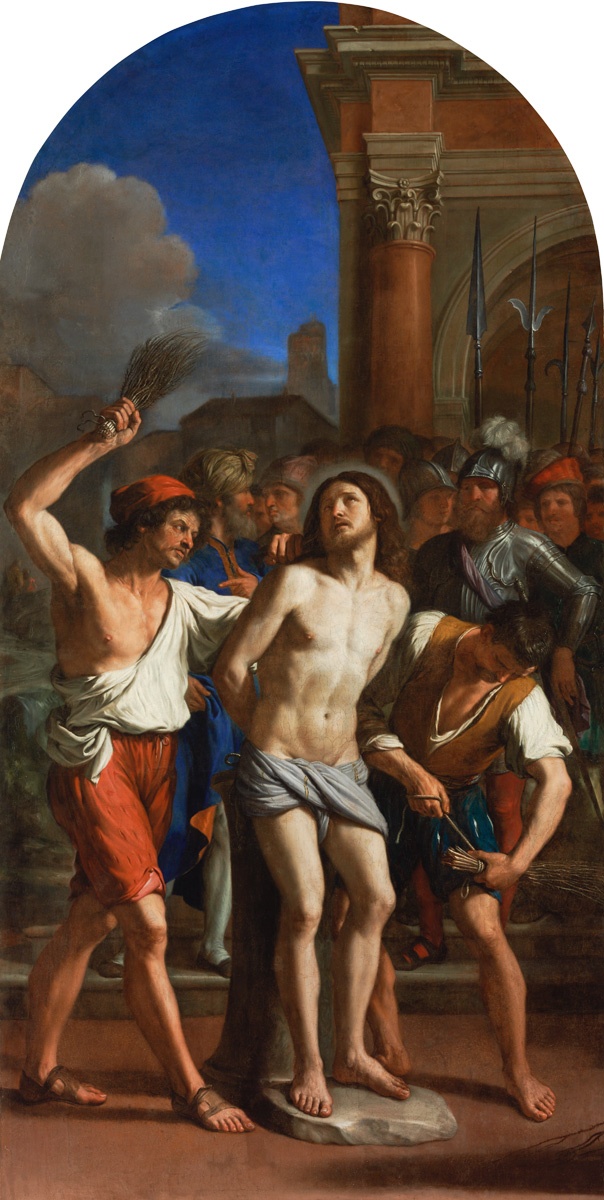Giovanni Francesco Barbieri eked out his first fifty years in his native town, day after day waiting for the death of his hated rival Guido Reni. Barbieri’s squint, which earned him the moniker Guercino, was not his only fault: his contemporaries found him vulgar, frustrated, and coarse. So in vain was his talent recognized, he gained far fewer clients that his handsome and pleasantly mannered adversary, and jealousy poisoned his soul. But when in 1642 news came of his enemy’s death, he immediately moved to Bologna to stake his claim to the vacant throne of the preeminent painter. The move was successful, Guercino soon earned fame, stacked up quite a fortune, and by all accounts even his manners improved. By the time the opportunity arose, Guercino’s painting style had grown to resemble that of his rival. The dark tone, unbridled motion and aggressive naturalism of his youthful works had given way to the complete opposite. In their place were the Raphael-inspired sunshine, clarity and temperance, with which ’the divine Guido’ had endeared himself to the world. Nowhere is this as clear as in this enormous altarpiece, which was consecrated in August 1644, two years after Reni’s death, in a private chapel of a family in Vicenza. Certain details copy slavishly one of Reni’s last unfinished works with the same subject. But Guercino’s Christ is more dignified, and rather than collapsing under the suffering, holds his head high to declare his triumph over those torturing him.Axel Vécsey
en

